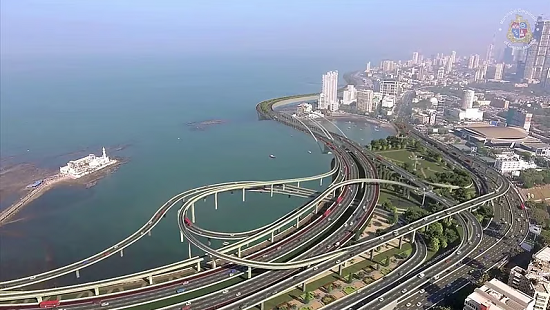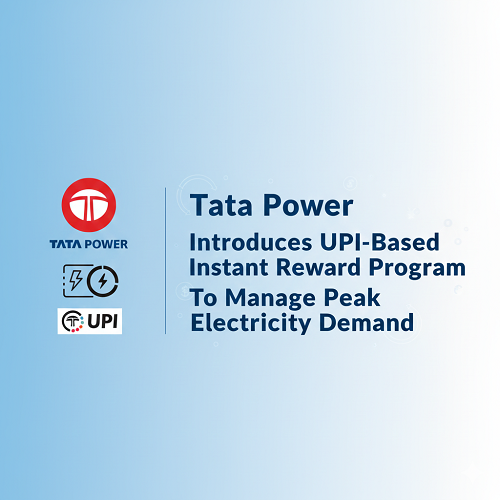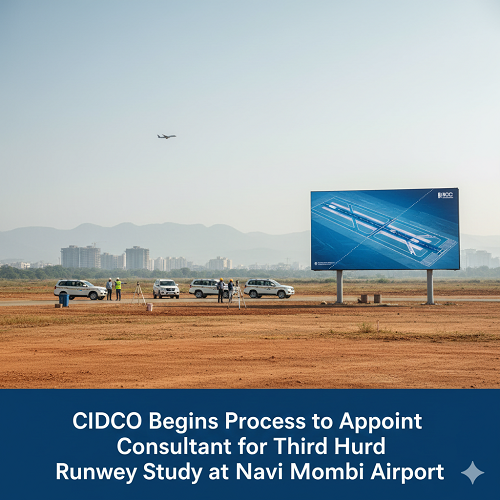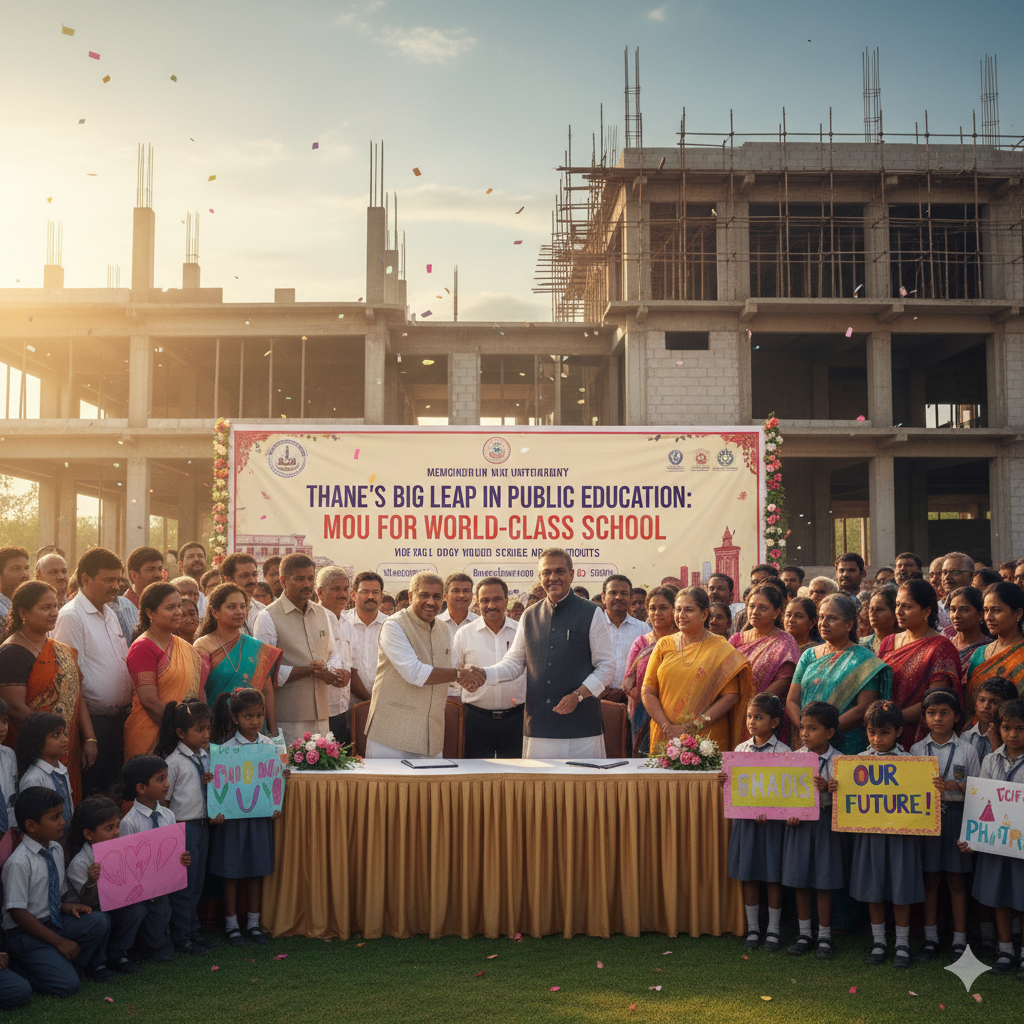
Mumbai’s Coastal Renaissance: How New Sea Links Are Rewriting the City’s Map of Mobility
Mumbai has always been a city that breathes through its roads — arteries of ambition that pulse with millions of journeys every day. From the chaotic honking of taxis at Dadar to the silent stretch of the newly built Marine Drive–Worli Coastal Road, each lane tells a story of resilience, reinvention, and relentless movement. Now, that story is expanding northward — from Versova to Virar, Thane to Ulwe — as Maharashtra embarks on one of the largest coastal infrastructure pushes in India’s history.
From South to North: A Seamless Coastal Spine
After the success of the Mumbai Coastal Road (South), which has already shortened travel time between Marine Drive and Worli by almost 70%, policymakers are determined to replicate that impact across the entire Mumbai Metropolitan Region (MMR).
The vision is simple yet transformative — a continuous coastal corridor that connects the southern business districts with the expanding residential and commercial zones in the north and east. The projects under construction or planning — Versova–Bhayander Coastal Road, Uttan–Virar Sea Link, and Bandra–Versova Savarkar Sea Link — are not just infrastructure feats; they’re instruments of urban rebalancing.
Versova–Bhayander: The Commuter’s Game-Changer
For years, the Western Express Highway has carried the burden of Mumbai’s northward migration. Now, the Versova–Bhayander Coastal Road promises a scenic and swift alternative. Stretching from Andheri’s Versova to Mira–Bhayander, this route will dramatically reduce commute time, opening up new economic zones along the western coastline.
Urban planners estimate that it will not only decongest traffic but also spur real estate development in the adjoining areas, much like how the Bandra–Worli Sea Link transformed the urban geography of Mahim and Dadar. For daily commuters, it’s not just a new road — it’s a new rhythm of life.
Uttan–Virar: Expanding Mumbai’s Horizon
Further north, the proposed Uttan–Virar Sea Link aims to connect the rapidly growing Vasai–Virar belt to Mumbai’s transport grid. For residents of this region, often described as “Mumbai’s forgotten periphery,” the project represents inclusion — an acknowledgment that growth must extend beyond traditional city limits.
Once operational, it will bridge not just distances but opportunities, enabling faster access to jobs, education, and healthcare, while also boosting local businesses and tourism.
Bandra–Versova Savarkar Sea Link: A Tribute to Mobility and Memory
Extending the iconic Bandra–Worli Sea Link, the Savarkar Sea Link will link Bandra to Versova, effectively serving as the missing piece in Mumbai’s western coastal puzzle. Named after Veer Savarkar, it symbolizes both continuity and courage — a new phase in Mumbai’s relentless journey toward modern mobility.
When fully integrated with the Versova–Bhayander stretch, it will create a unified coastal highway that redefines how the city commutes, connects, and grows.
The Eastern Wave: Thane, Kharghar, and Ulwe
While western Mumbai gets its share of sea links, the eastern corridors are seeing parallel momentum. The Thane Coastal Road will provide a direct, less congested route to Mumbai and Navi Mumbai. The Kharghar Coastal Road is set to complement the expanding metro network, improving local mobility.
And at the heart of Navi Mumbai’s next big leap lies the Ulwe Coastal Road, strategically aligned with the upcoming international airport. This corridor is expected to handle future airport traffic and link business districts across the region, strengthening Ulwe’s emergence as a global gateway.
Reimagining Commutes, Redefining Cities
Infrastructure isn’t just about concrete and cables — it’s about confidence. These new coastal corridors signal that Mumbai is finally investing in the future it deserves: one where mobility fuels productivity, and design meets purpose.
When complete, this coastal network will not only ease congestion but also reshape the city’s economic geography — allowing workers to live further from their workplaces without sacrificing time, and businesses to expand without choking the core.
For the world’s most densely populated coastal megacity, that’s not just a road to progress — it’s a bridge to balance.




